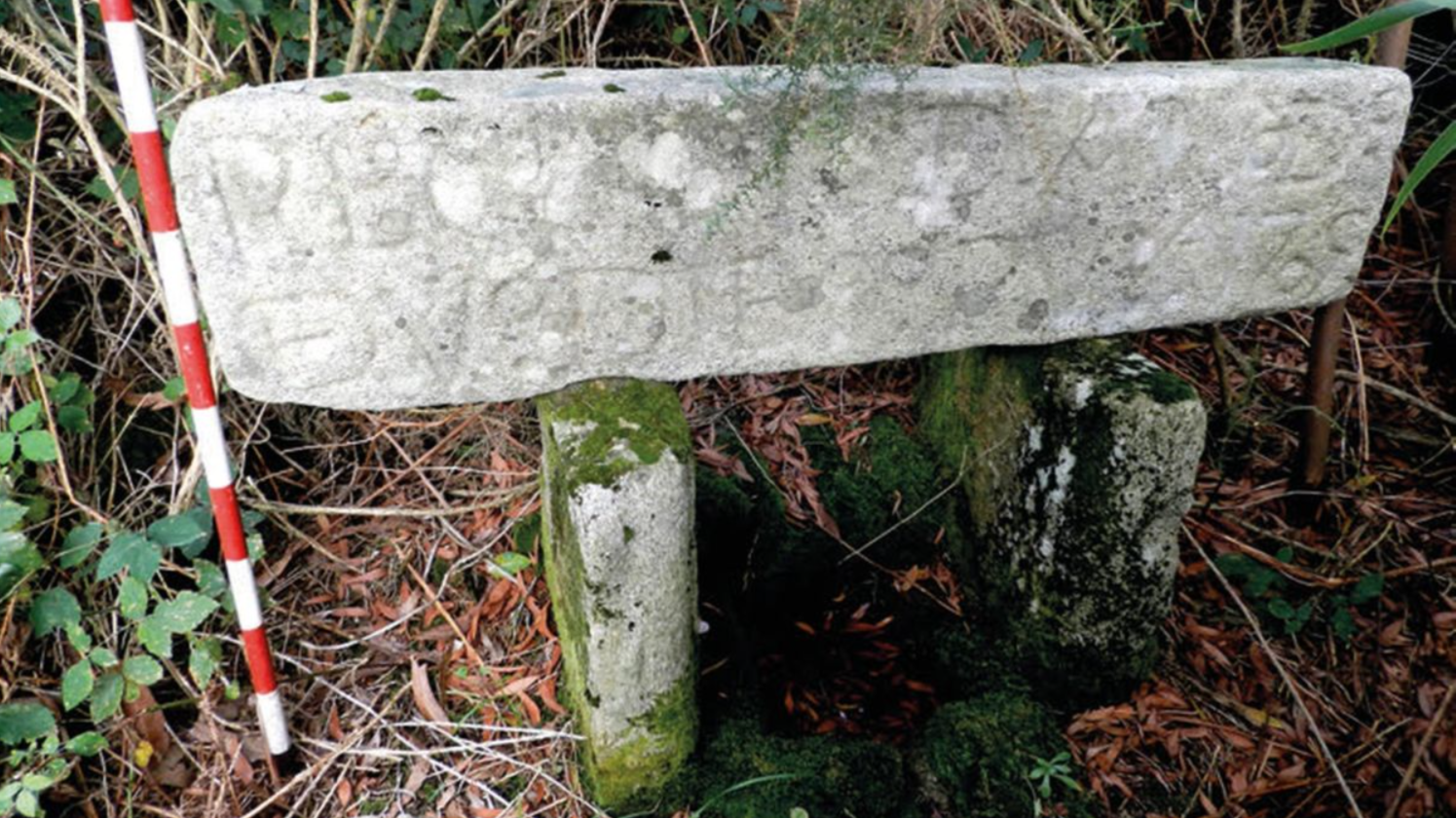Laser scans have revealed that what was thought to be an Iron Age hillfort in northwestern Spain is, in fact, an early medieval stronghold built in the fifth century A.D. and occupied for the next 200 years. The site, called Castro Valente ("Brave Fort"), is in the Galicia region's Padrón district, about 16 miles (16 km) southwest of the city of Santiago de Compostela.
It was built after the about ninth century B.C. by a Celtic people, called the "Callaeci" in Latin, who lived in Galicia at that time. The Callaeci and the Astures formed the "Castro culture" of fortified hilltop settlements, and modern-day Galicia is filled with their ruins. Fernández-Pereiro and José Carlos Sánchez-Pardo, a USC archaeologist and co-author of the study, found evidence that Castro Valente was a fortified Celtic settlement in the first half of the 5th century.
Archaeologists now think the ruins are from a fortress built after the collapse of Roman rule in the region in the fifth century A.D. to defend local people from Germanic invaders. (Image credit: Castelos no Aire)
The fortress's layout, construction and fragments of pottery suggest it was built after the Roman Empire lost control of the region in about the early fifth century A.D., when Spain was overrun by Germanic invaders.
The Suevi people originated in the Elbe River region of what's now Germany and the Czech Republic, and the fortress seems to have been built by local people for their defense at that time.
Archaeologists first thought the ruins at Castro Valente were from a Celtic hilltop fort built sometime between the ninth and second centuries B.C., but they found construction techniques not used at that time. (Image credit: Castelos no Aire)









